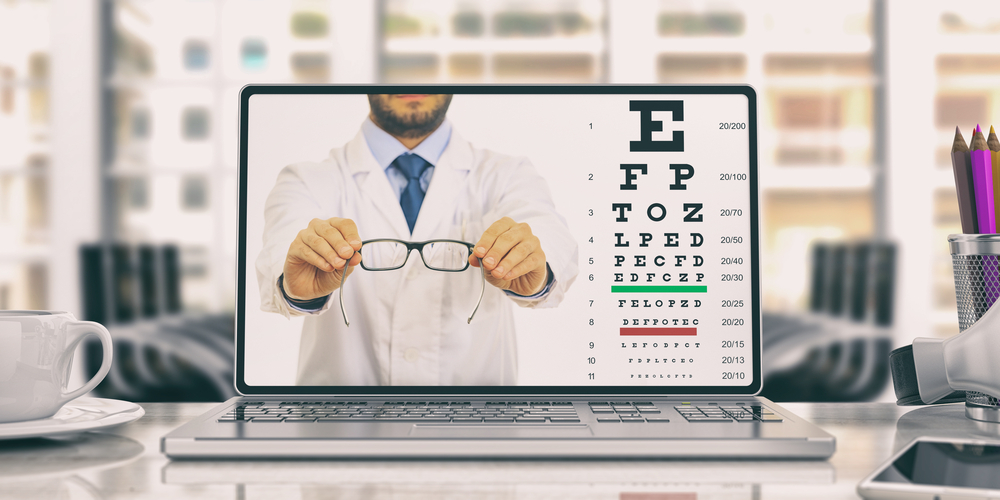Telemedicine: The future of eye care?

COVID-19 has accelerated many technology trends, including telehealth. What does this mean for the world of eye health service delivery?
With the explosion of mobile technology, major changes are underway in the way that healthcare services are delivered to patients. Innovation in telemedicine has seen more and more healthcare providers, from psychiatrists to ophthalmologists, consulting with patients remotely.
The telemedicine wave has been steadily gathering pace for years, but now that the COVID-19 pandemic has made it all but impossible to be in the same room as a doctor for many people around the world, the inevitable future in which telemedicine plays a central role in healthcare has rushed into the present.
Of course, telemedicine has been around for years and has been particularly useful for providing care remotely to those in rural areas where there are very few healthcare services available, but in the year 2020, even those of us in major cities like Singapore or New York have been video-chatting with our doctors whose offices are just down the street.
So what does this new telehealth revolution mean for the world of eye health service delivery?
Telemedicine practices were already well established for ophthalmology services, with two major applications. The first is screening and diagnosis of certain eye conditions, most successfully in diabetic retinopathy (one of the leading causes of blindness in adults) and retinopathy of prematurity in infants.
The second is the enhancement of communication between eye care professionals through innovative and secure health data sharing platforms. However, telehealth services have been less commonly used by optometrists.
Now in the era of COVID-19, optometrists are adopting telehealth to varying degrees to see their patients remotely. For instance, virtual consultations may be used by optometrists to detect certain common eye issues like a stye or other obvious problems on the surface of the eye or externally that are visible through a smartphone camera.

Optometrists may then give recommendations to their patients on the follow-up actions required– either through home-treatments or they may recommend in-person consultation if the concern carries significant risk. These virtual visits make it more convenient for patients to take the initial step to connect with their eye care professionals to seek immediate counsel on their eye health, rather than avoiding addressing their eye health concerns altogether due to fear of infection.
The limitations
While these tele-consultations offer a way to reassure patients and ensure that they can be advised on seeking care when it is urgent, there are still significant limitations in their capacity to offer comprehensive optometric services.
In the midst of the myopia epidemic, for example, children need to have their visual acuity and their refraction tested regularly to ensure that their spectacle prescription is up-to-date. While there are technologies in the pipeline that may eventually allow optometrists to reliably test vision through an app, they are a long way from approval and commercial availability, and no such technologies exist for measuring refraction.
Therefore, most of what optometrists do must still be done in person. Telemedicine has proven to be a great leap forward, but we need to remember that it should not be regarded as a substitute for in-person care. The ‘hands-on’ nature of eyecare necessitates that telehealth only plays a complementary role to healthcare professionals themselves and should enhance the consultancy process through the aforementioned ways.
During these difficult times, the enhanced communication facilitated by modern technology remains a great way for eye care professionals to stay in touch with their patients. And as telemedicine continues to evolve to work more seamlessly with healthcare providers, we can undoubtedly look forward to a more efficient and higher quality service delivery in the near future.
Tools Designed for Healthier Eyes
Explore our specifically designed products and services backed by eye health professionals to help keep your children safe online and their eyes healthy.
